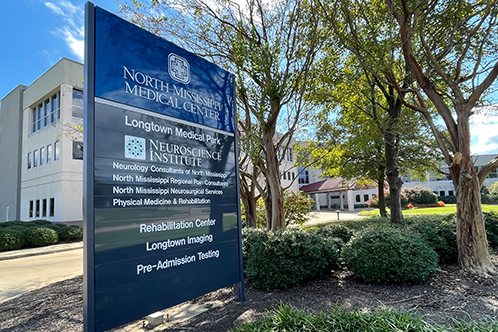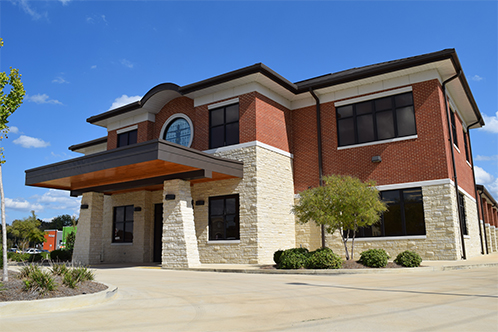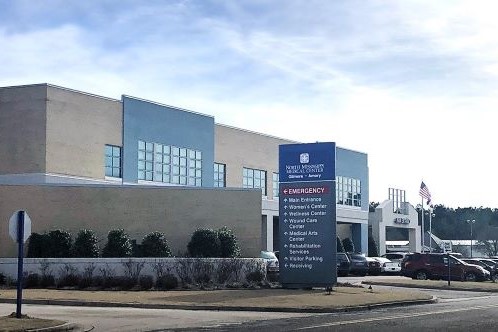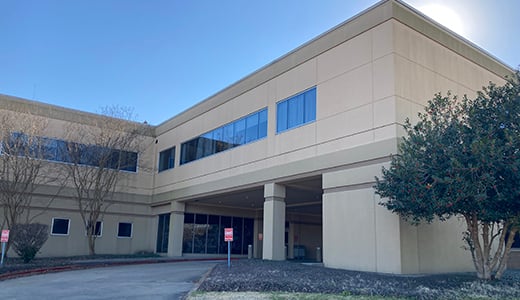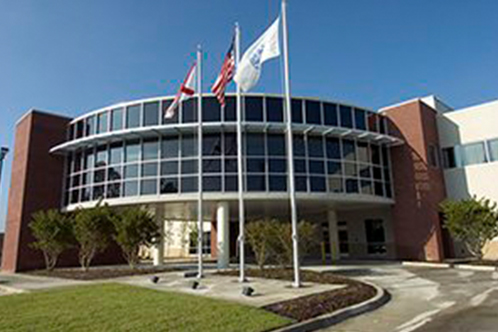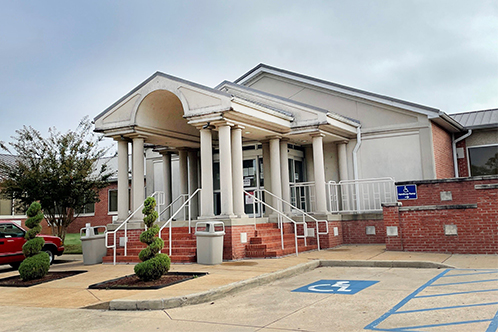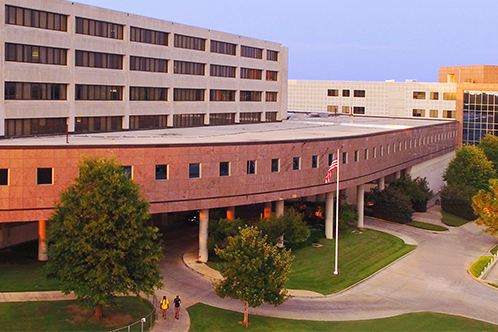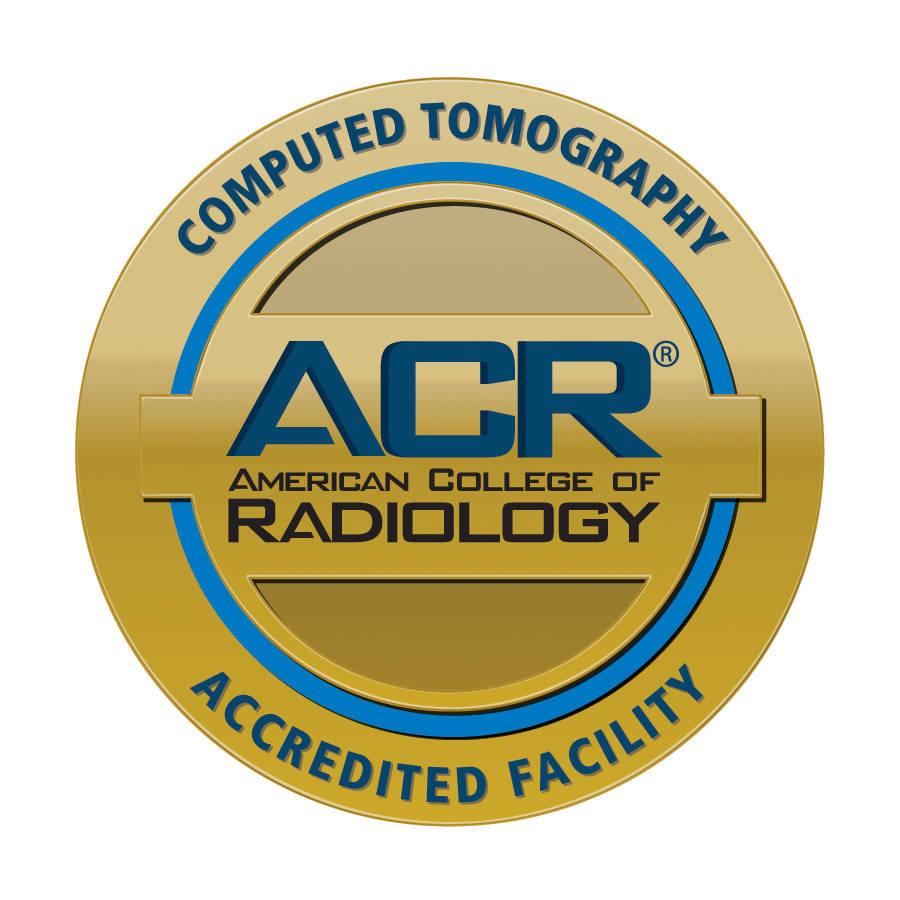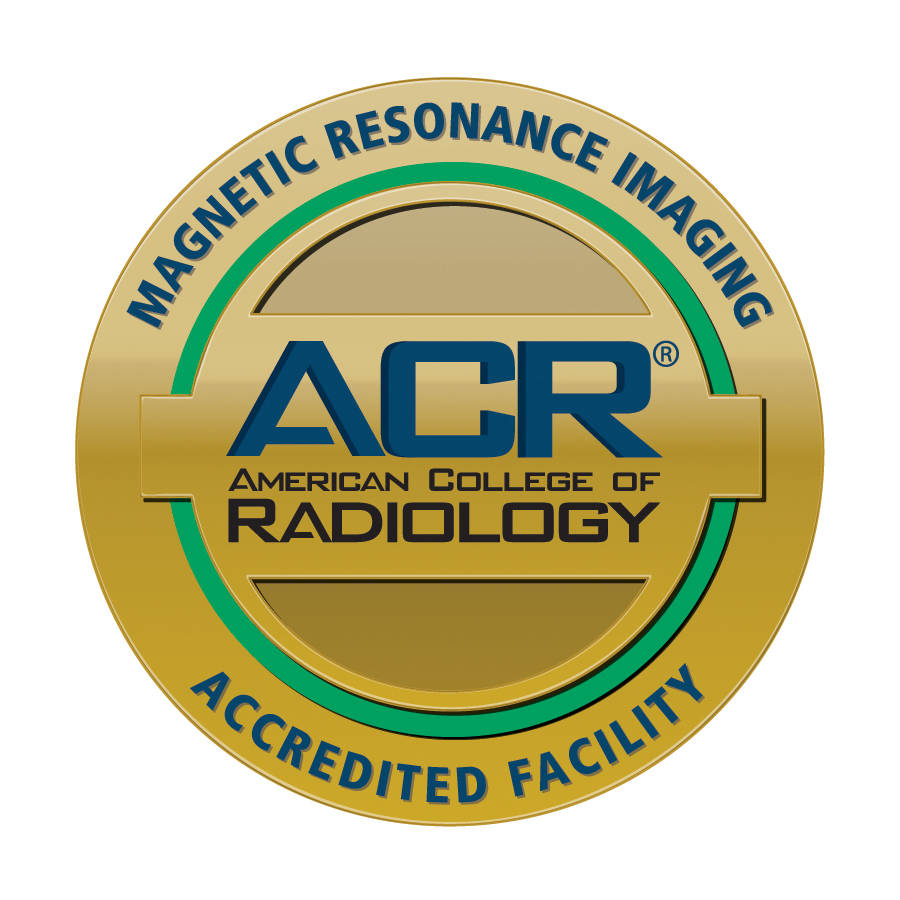Have a doctor’s order for an imaging study?
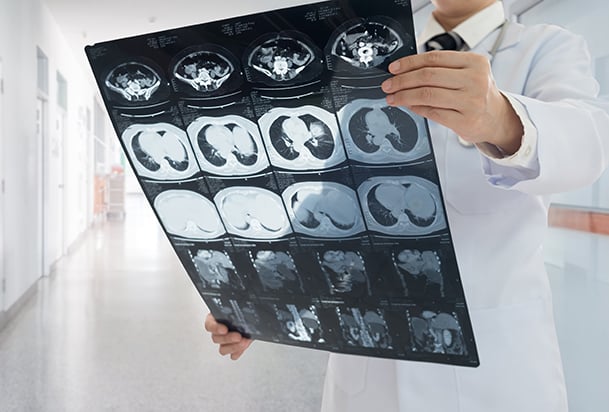
Harnessing the Power of Medical Imaging
Vascular and interventional radiologists use state-of-the-art-imaging systems at North Mississippi Medical Center to guide small instruments to treat disease or aid in diagnosis.
Guiding Minimally Invasive Treatment
Interventional radiology procedures are guided by imaging methods such as ultrasound, X-ray and CT. These procedures use small incisions and aim to reduce pain, risks of infection and recovery time. Because of a minimally invasive approach, most procedures are performed on an outpatient basis. General anesthesia usually is not required.
Interventional radiology procedures include a wide range of procedures to treat conditions in blood vessels and the heart such as:
Angiography helps diagnose blockages & other blood vessel problems.
Central venous access inserts a tube into blood vessels to allow easy access.
Embolization delivers clotting agents to an area that is bleeding.
Inserting stents, a tube used to open clogged blood vessels or other pathways.
Stent-graft reinforces ruptured or ballooning section of an artery.
Thrombolysis dissolves blood clots by injecting clot-busting drugs at the site.
Interventional radiology is used for minimally invasive procedures to treat conditions along the female reproductive tract, including:
Fallopian tube catheterization treats infertility, unblocks fallopian tubes.
Uterine artery embolization stops life-threatening postpartum bleeding.
Uterine fibroid embolization shrinks painful, benign tumors in the uterus.
Imaging technology is used to guide minimally invasive pain treatment including:
Epidural steroid injections to treat chronic low back and/or leg pain.
Facet injections in the joints of the spine to temporarily block pain
Verteroblasty to strengthen broken bones in the spine weakened by osteoporosis
Interventional radiology procedures are used to address conditions in the liver and other areas of the digestive tract including:
Biliary drainage & stenting opens blocked ducts to drain bile from the liver.
Gastrotomy tube is inserted into the stomach for those who cannot eat by mouth.
TIPS device aids blood flow & prevents bleeding in severe liver dysfunction.
Interventional radiology can be used across medical specialties including procedures such as:
Chemoembolization to deliver cancer-fighting agents directly to a tumor’s site
Hemodialysis access maintenance to unblock grafts that treat kidney failure
Needle biopsy, a diagnostic test for cancer
Related Locations
Imaging Awards
Related Resources
View AllNurse Link® is a free telephone triage and health information service provided by North Mississippi Health Services. Using computerized medical protocols, nurses direct callers to the most appropriate medical treatment.

Cancer Screening
Radiology plays an important part in screening and early detection for breast cancer and lung cancer. Breast cancer screening starts with mammography. Lung cancer screening uses low dose CT.

Cancer Screening
Radiology plays an important part in screening and early detection for breast cancer and lung cancer. Breast cancer screening starts with mammography. Lung cancer screening uses low dose CT.

